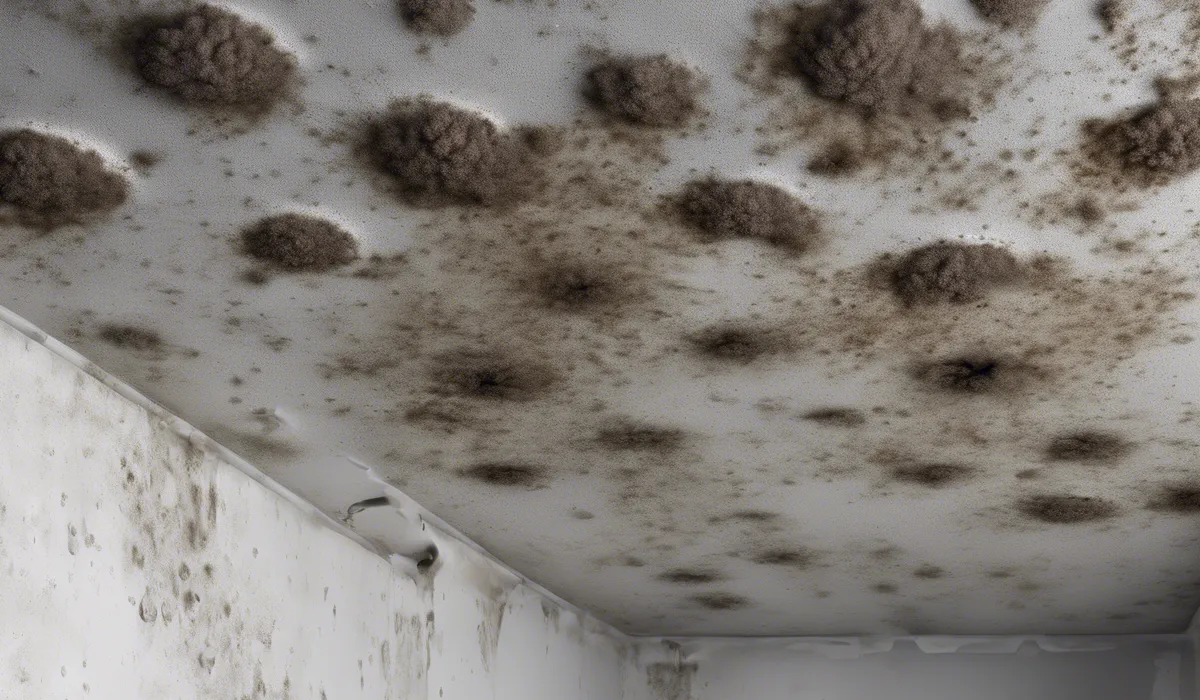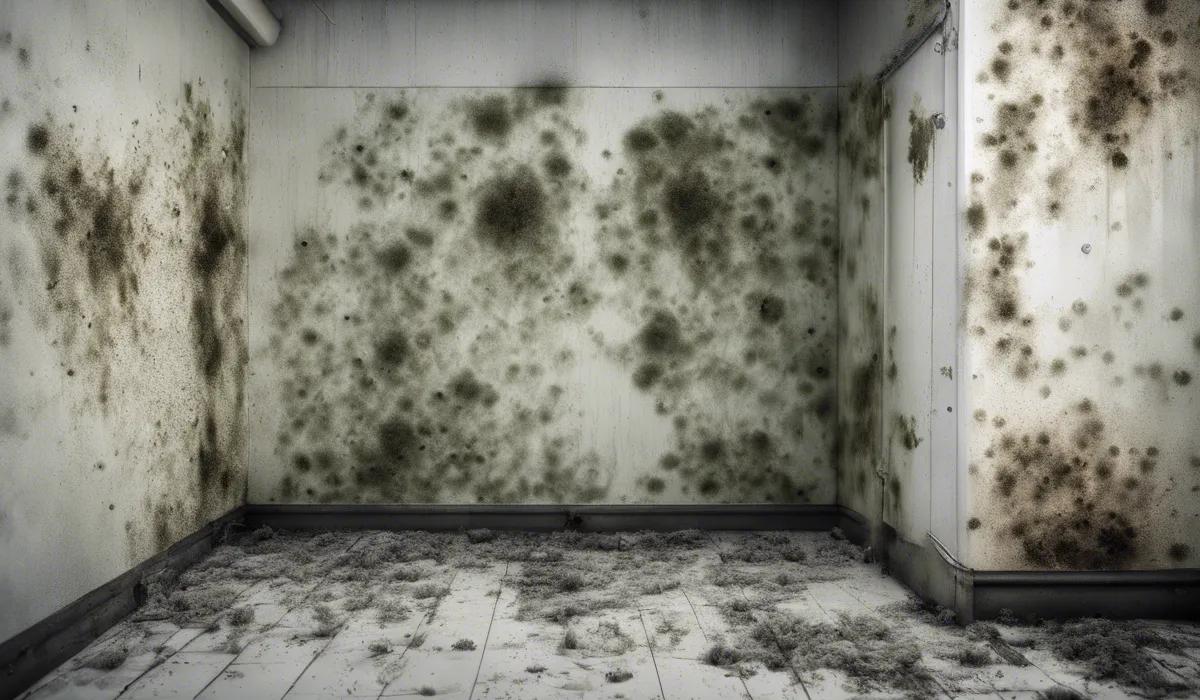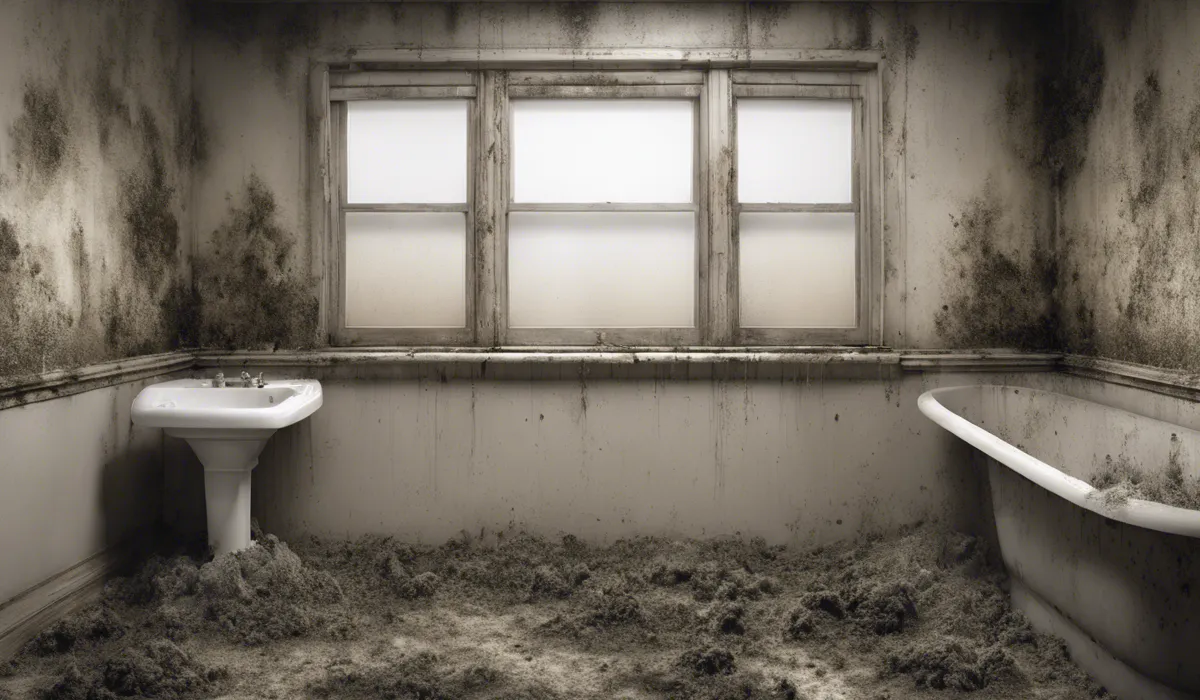To determine if mold is dangerous, consider its color and location. Black mold is often hazardous. A musty smell or physical symptoms like irritation or allergic reactions when near the mold are indicators of potentially dangerous mold. Professional testing can confirm toxicity.
Understanding Different Types of Mold

Common Mold Varieties
Mold is a term that refers to various types of fungi found both indoors and outdoors. Among the numerous species, a few are more common in homes.
Aspergillus is often found on food and in air conditioning systems. Cladosporium typically appears on fabrics and wood surfaces.
Penicillium can spread on food, insulation, and furnishings, while Stachybotrys, also known as black mold, is notorious for growing on water-damaged building materials.
Toxic Molds and Their Identification
Not all molds are harmful, but some, such as certain types of Aspergillus, Penicillium, and Stachybotrys, produce mycotoxins that can be toxic to humans and animals.
These toxic molds are a concern when they grow in large quantities, as they can affect the air quality and pose health risks. It’s important to identify and address them promptly.
Visual Indicators of Potentially Harmful Mold
Harmful molds can be identified by their appearance. Black mold, for instance, is typically dark green or black and has a slimy texture.
Other dangerous molds may not be as easy to distinguish by color alone, so it’s essential to look for other signs like a musty smell or damp areas that have been left unattended.
If you suspect the presence of toxic mold, professional testing is the most reliable method for confirmation.
Health Implications of Mold Exposure

Immediate Reactions to Mold
When exposed to mold, some individuals may experience immediate symptoms. These can include allergic reactions such as sneezing, runny nose, red eyes, and skin rash.
Mold can also cause irritation of the eyes, nose, throat, and lungs, leading to coughing or wheezing.
Long-Term Exposure and Associated Risks
Continuous exposure to mold can lead to more serious health issues. Respiratory conditions such as asthma can be exacerbated, and there is a potential for developing chronic lung illnesses.
Some types of mold can suppress the immune system, making it harder to fight off infections. In rare cases, mold exposure can even cause neurological problems due to toxins affecting the brain.
High-Risk Individuals and Mold
Children, the elderly, and individuals with underlying health conditions such as asthma or weakened immune systems face higher risks when exposed to mold.
These groups are more susceptible to the negative health effects of mold and require environments with good air quality to maintain their health.
Preventing and Addressing Mold Issues

Strategies to Prevent Mold Growth
Preventing mold starts with controlling humidity levels. Keeping indoor humidity below 60 percent, ensuring proper ventilation in areas like bathrooms and kitchens, and promptly fixing leaks can significantly reduce the chances of mold growth.
Professional Mold Assessment and Removal
If you encounter widespread mold or mold resulting from water damage, it’s crucial to call professionals who specialize in mold assessment and removal.
They have the tools and expertise to safely and effectively rid your home of dangerous mold.
Cleaning Minor Mold Problems Safely
For small mold issues, cleaning with soap and water or a mild bleach solution can be effective.
Always wear protective gear, such as gloves and a mask, to avoid inhaling spores. If you’re unsure about the safety of cleaning mold yourself, it’s best to consult a professional.
Remember, while some types of mold are harmless, others can pose serious health risks. Recognizing the signs of harmful mold and taking swift action can protect you and your family’s well-being.
Regular maintenance and moisture control are your best defenses against mold growth in your home.
FAQs About Determining Mold Danger
How can the color of mold indicate its danger level?
Certain colors of mold, such as black, can often be an indicator of hazardous types like Stachybotrys chartarum, which is known to be particularly toxic.
What are the physical symptoms that suggest mold could be dangerous?
Physical symptoms like irritation of the eyes, skin, throat, or respiratory issues, as well as allergic reactions when in proximity to the mold, can be signs of potentially dangerous mold exposure.
Is a musty smell a reliable indicator of dangerous mold?
A musty smell is a common indicator that mold is present, and it can suggest that the mold might be harmful, especially if it is accompanied by other warning signs like physical symptoms.
Should I get professional testing for mold, and why?
Yes, professional testing is recommended to accurately confirm the type and toxicity of mold, as it’s not always possible to determine the danger level through visual inspection or symptoms alone.
Does the location of mold affect whether it is dangerous?
Yes, the location of mold can affect its danger level. Mold in areas with high humidity or poor ventilation, for instance, can grow more rapidly and potentially produce more harmful toxins.
Final Thoughts
To assess mold danger, examine its color and where it’s found—black mold typically signals risk.
A musty odor or symptoms like irritation or allergies when near mold also suggest it might be harmful. Confirming mold toxicity definitively requires professional testing.
